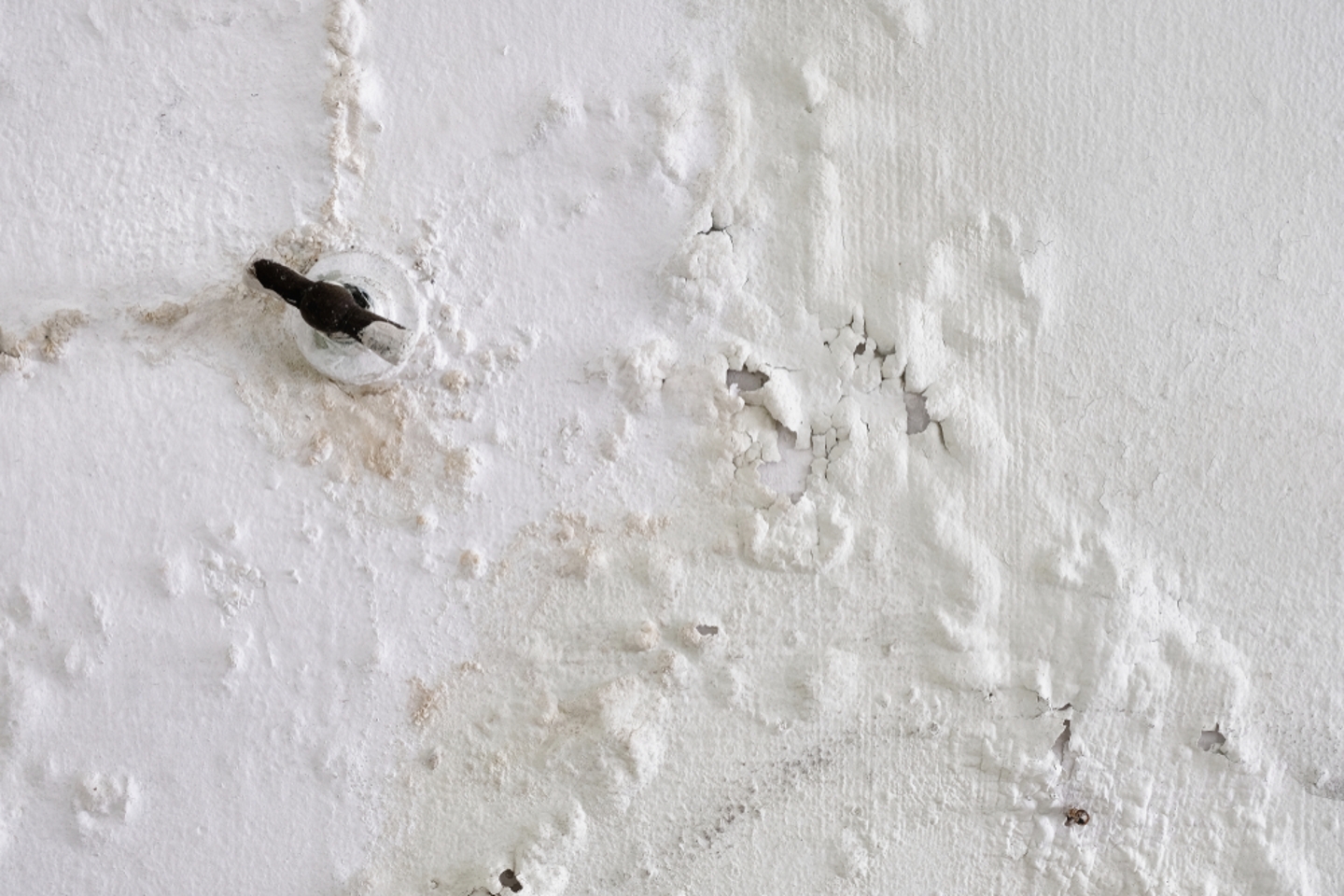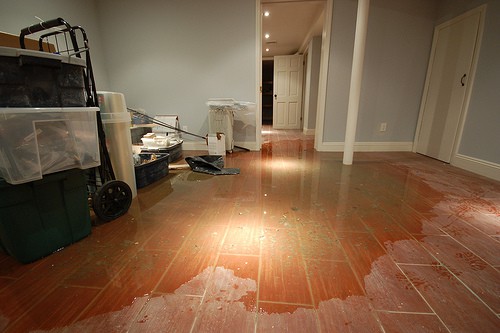Efficient Water Reduction Methods You Need to Know
Water damage can be a disruptive and costly concern for homeowner, making it critical to be well-versed in reliable water mitigation methods. From very early discovery and inspection to efficient water extraction approaches and extensive drying out strategies, there are essential steps to take in mitigating water damage. It is not only about addressing the visible effects of water breach yet additionally protecting against lasting concerns like mold and mildew development and making sure appropriate structural repair work and repair. Comprehending these methods is important for any individual or company aiming to guard their residential property and minimize the influence of water damages.

Early Detection and Inspection
Very early detection and evaluation are vital actions in the procedure of water reduction to recognize and deal with prospective resources of water damages immediately. By performing normal analyses of pipes systems, appliances, and structural elements, water mitigation experts can proactively identify areas vulnerable to leakages, condensation, or flooding. Through extensive assessments making use of innovative modern technology such as dampness meters and thermal imaging electronic cameras, specialists can detect hidden water intrusion that may not be immediately visible to the nude eye. Recognizing these problems beforehand can protect against more acceleration of water damage, ultimately saving time and sources in the mitigation process.
Furthermore, very early detection permits speedy activity to be taken in drying affected locations and carrying out necessary repairs to protect against mold development, architectural wear and tear, and various other long-lasting consequences of water damages. Prompt treatment not only minimizes the immediate influence of water invasion however also helps in maintaining the honesty and safety and security of the property over time. For that reason, focusing on early discovery and evaluation as basic elements of water reduction techniques is crucial for efficient damages control and restoration initiatives.
Reliable Water Removal Methods
Detection and examination are crucial action in any kind of water reduction procedure, laying the foundation for effective water removal techniques to swiftly remove excess water from impacted locations. As soon as the level of water damage is evaluated, it is essential to utilize reliable removal strategies promptly. Water extraction can be achieved with numerous techniques, consisting of making use of powerful pumps, wet vacuums, and dehumidifiers.
Professional water mitigation groups frequently utilize submersible pumps to rapidly eliminate big quantities of water from the facilities. These pumps are qualified of extracting water at a rapid pace, reducing the risk of further damage to the home. Wet vacuum cleaners are also typically made use of to target smaller sized locations or hard-to-reach areas where standing water lingers.
Furthermore, dehumidifiers play a vital role in the water extraction procedure by reducing moisture levels in the air and accelerating the overall drying out time - flooded basement cleanup ballston spa ny. By incorporating these removal techniques purposefully, water mitigation professionals can efficiently extract water, mitigate damage, and prevent mold development, eventually bring back the afflicted area to its pre-loss problem
Thorough Drying Methods
To make certain our website extensive water damages mitigation, thorough drying out techniques are necessary in eliminating residual wetness and preventing prospective architectural issues. After water extraction, the focus shifts to drying the influenced locations completely.
In cases of water damages, porous materials like drywall and carpeting can catch dampness, leading to mold growth and structural weakening otherwise adequately dried. To address this, experts might make use of specialized equipment such as moisture meters to gauge moisture levels within materials, guaranteeing detailed drying out. In addition, the elimination of baseboards or drilling small holes in walls may facilitate drying in wall cavities where moisture can linger undetected.
Mold Prevention and Removal
Following the detailed drying out strategies in water reduction, the focus now changes in the direction of attending to mold avoidance and remediation to protect versus prospective carcinogen and structural damages. Mold can swiftly establish in areas influenced by water damage, posing significant health and wellness risks and endangering the honesty of the structure. To avoid mold and mildew development, it is essential to promptly eliminate any water-damaged products, as well as thoroughly tidy and sanitize the influenced areas. Correct ventilation and dehumidification also play crucial roles in mold and mildew prevention by reducing wetness levels that promote mold and mildew growth.
In cases where mold has already established, quick removal is essential. This process includes the mindful elimination and disposal of mold-infested products, followed by extensive cleansing and sanitation of the location to stop regrowth. It is important to deal with mold and mildew concerns without delay and effectively to stop further damage and guarantee the security of owners. Specialist mold and mildew removal solutions might be essential for extensive mold and mildew problems to make certain safe and comprehensive removal. By implementing these mold avoidance and removal strategies, the threats related to water damages can be dramatically lowered.
Structural Repair Work and Restoration

Repair initiatives typically prolong beyond architectural repair services to include aesthetic improvements. Repainting wall surfaces, replacing floor covering, and attending to any noticeable water spots are typical practices. It is necessary to not just repair the structural damages however also to recover the aesthetics of the room. Furthermore, addressing any kind of lingering moisture concerns and making sure proper air flow can help prevent future structural damages Visit Website and mold development. continue reading this By promptly and successfully resolving architectural issues post-water damages, homeowner can guard their buildings and recover them to their pre-damage problem.
Final Thought
To conclude, effective water mitigation techniques such as early discovery, reliable water removal, extensive drying out, mold and mildew avoidance, and structural repair work are essential in lessening damages and recovering affected areas (mold mitigation saratoga). By adhering to these actions faithfully, residential or commercial property owners can minimize the influence of water damages and prevent further issues such as mold development. It is necessary to act promptly and employ these methods to make sure an effective water reduction process
Water damage can be a disruptive and costly concern for building owners, making it important to be skilled in efficient water mitigation techniques. From very early discovery and assessment to effective water extraction methods and extensive drying techniques, there are essential actions to take in mitigating water damages.Early discovery and examination are vital steps in the process of water reduction to recognize and attend to potential resources of water damages quickly.Detection and examination are crucial actions in any type of water mitigation procedure, laying the foundation for efficient water removal methods to promptly eliminate excess water from affected locations.In verdict, efficient water reduction methods such as early discovery, efficient water removal, extensive drying out, mold avoidance, and architectural repair work are crucial in lessening damage and recovering affected locations.